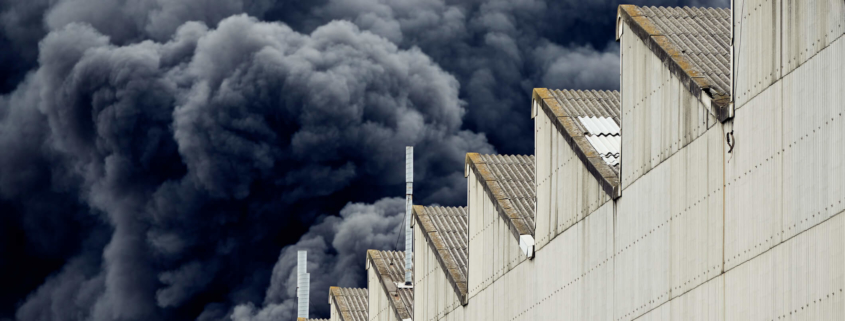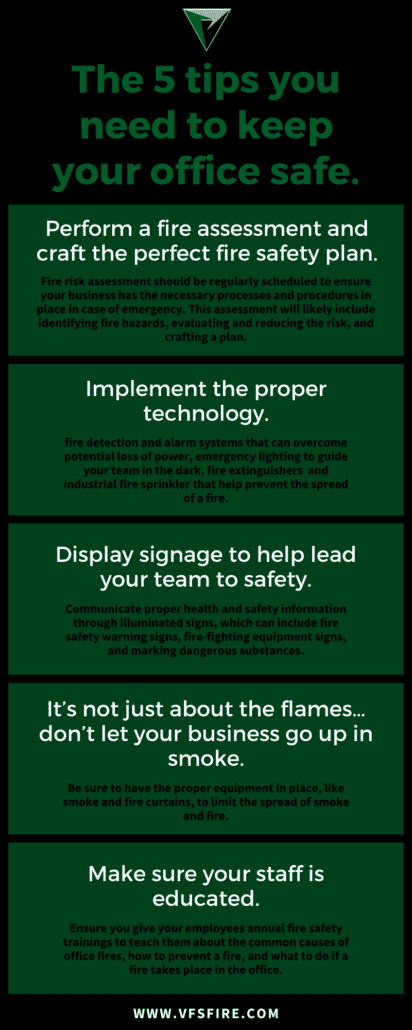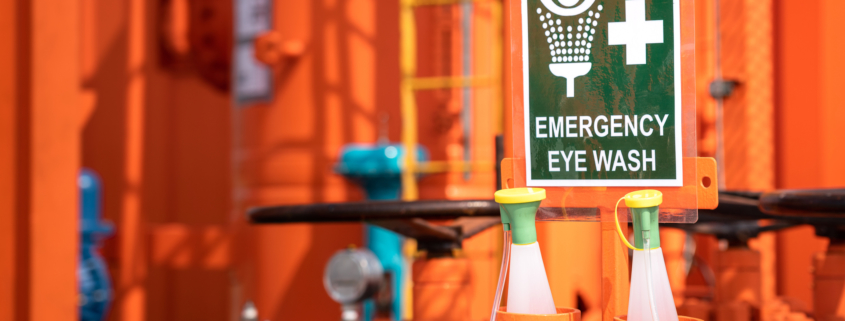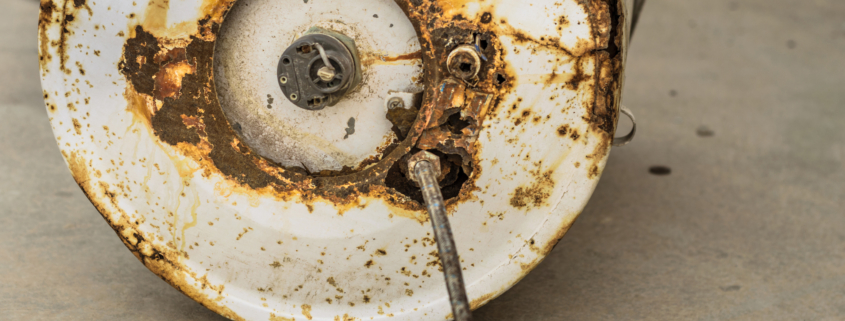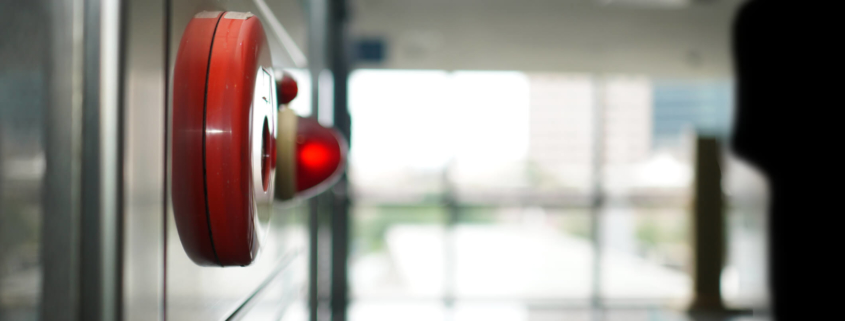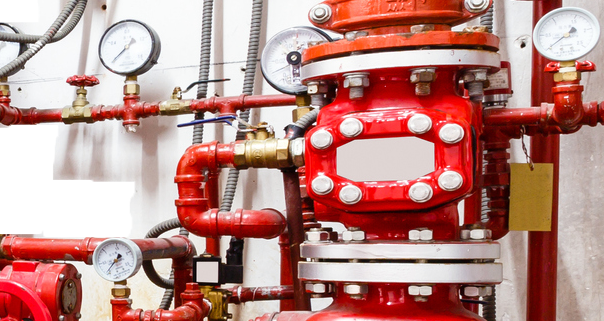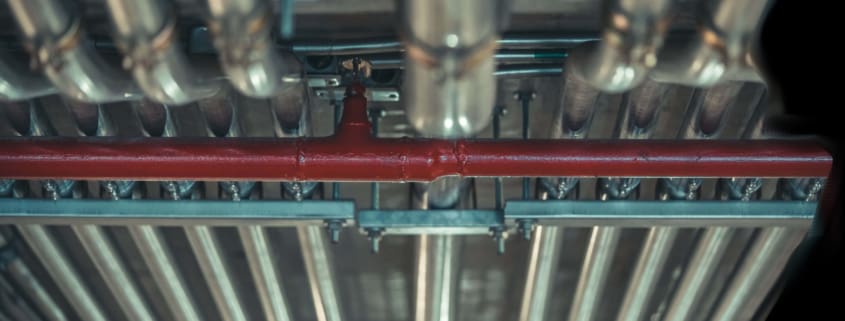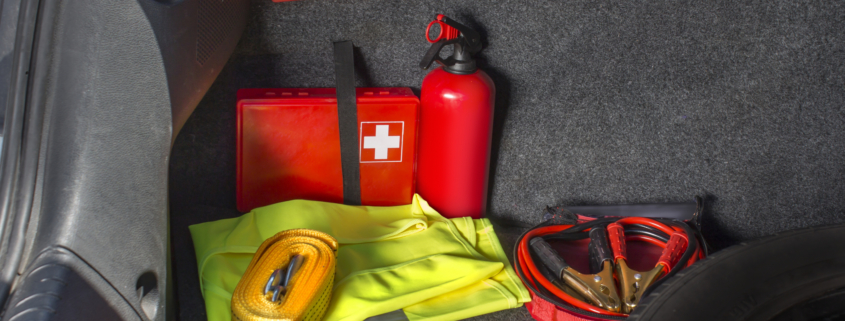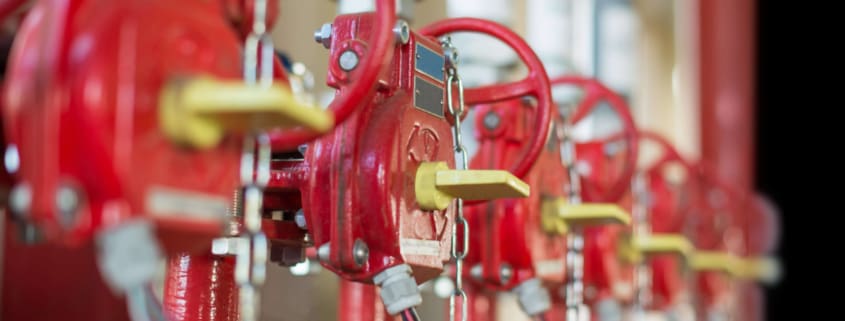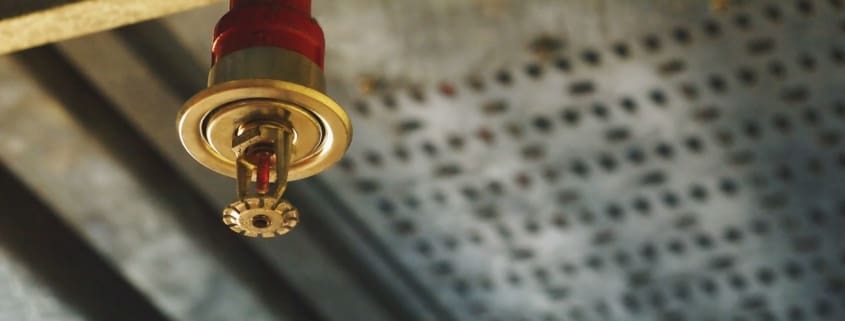“Run like hell” is not a fire safety protocol. For large corporations, organization is key. For both the safety of your employees and your building, you must prioritize implementing proper fire safety protocols. We’ve put together our top 5 tips for improving fire safety in your building.
PERFORM A FIRE ASSESSMENT AND CRAFT THE PERFECT FIRE SAFETY PLAN.
Fire risk assessments should be regularly scheduled to ensure your business has the necessary processes and procedures in place in case of emergency. This assessment will likely include identifying fire hazards, evaluating and reducing the risk, and crafting a plan.
You likely have an old plan, created by a far-off company and tucked away in a drawer, never to be seen again. This is also not a great fire safety protocol. For the plan to work, everyone needs to know what the plan is. Be sure to run drills periodically throughout the year. All employees should share problems that arise in those drills with management to avert problems in a real emergency.
Your fire safety plan should include employee education, fire escape routes, fire drill, and a plan to ensure that all team members have an evacuation plan that fits their needs. The plan should be detailed and robust, to ensure you are prepared for anything that may come your way!
IMPLEMENT THE PROPER TECHNOLOGY.
We don’t just mean fire extinguishers placed randomly around the office. This means fire detection and alarm systems that can overcome potential loss of power, emergency lighting to guide your team in the dark, industrial fire sprinkler systems to help prevent the spread of a fire, and monitoring to alert the authorities to your emergency. Having the proper technology in place will allow your team to stay safe and your building to come out with limited damage.
DISPLAY SIGNAGE TO HELP LEAD YOUR TEAM TO SAFETY.
Communicate proper health and safety information through illuminated signs, which can include fire safety warning signs, fire-fighting equipment signs, and marking dangerous substances. Be sure the signage is easy to ready and communicates the message clearly.
IT’S NOT JUST ABOUT THE FLAMES… DON’T LET YOUR BUSINESS GO UP IN SMOKE.
Smoke can be just as deadly as flames if your building has a fire. Be sure to have the proper equipment in place, like smoke and fire curtains, to limit the spread of smoke damage as well as the damage caused by fire.
MAKE SURE YOUR STAFF IS EDUCATED.
Imagining worst-case scenarios is not just for Sci-Fi TV writers… While it can be easy to forget to address the real dangers of fire when you haven’t experienced it, this can be a business’ greatest downfall. Ensure you give your employees annual fire safety training to teach them about the common causes of workplace fires. Address how to prevent a fire, and what to do if a fire takes place in the workspace.
“Run like hell” doesn’t have to be your fire safety protocol. Take these steps to improve your office’s fire safety. Want to know more? Contact us today!


